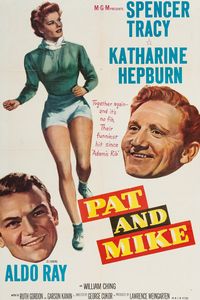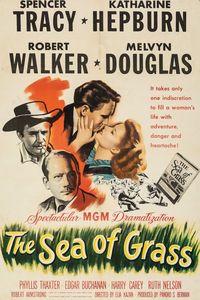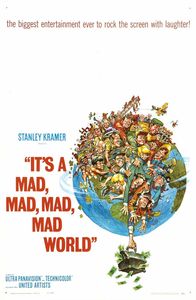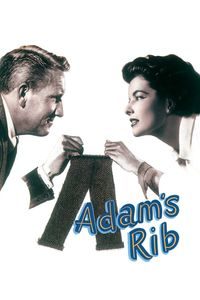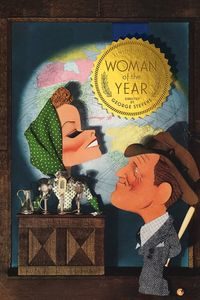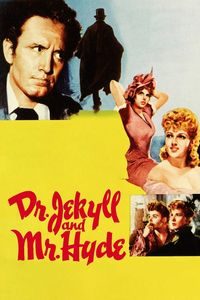(On Cable TV, January 2018) It’s not a failure if some social-issue films don’t work as well now than at the time of their release—sometimes, the world moves in the direction advocated, and as a result the film looks as if it’s been outpaced by the future. So it is that the central conceit of Guess Who’s Coming to Dinner (a white girl bringing back a black fiancé home for her parents’ approval) doesn’t quite have the same charge fifty years later. And that’s quite all right. This being said, let’s not take this for a condemnation of the work from director Stanley Kramer, or by Spencer Tracy, Sidney Poitier, and Katharine Hepburn. After all, the film finished shooting six months before Loving v. Virginia actually legalized interracial marriages across the United States. But it does feel a bit stuffy, all the way to a conclusion that boils down to an intensely paternalistic “Father has thought about it and will let you crazy kids do whatever you want” conclusion. It’s not quite fair to dismiss the film in such a way (and indeed, Guess Who’s Coming to Dinner’s ending gets far more potent once you read about how Spencer Tracy died two weeks after shooting his final scene and final film with long-time co-star Katharine Hepburn) but it is definitely a reflection of its time, and time has moved on.
(Second Viewing, On Cable TV, October 2018) As I suspected, revisiting Guess Who’s Coming to Dinner after watching a handful of Spencer Tracy/Katharine Hepburn movies has significantly improved my opinion of the film. This was a partial re-watch, focusing on the scenes featuring Tracy and Hepburn, and it affirms that Guess Who’s Coming to Dinner is a terrific victory lap for Tracy, whose kindly-father persona here acts as a capstone to a career that saw numerous pairings with Hepburn at various moments in their careers. It’s easy to imagine a shared backstory for their characters that includes bits and pieces of Woman of the Year or Adam’s Rib, and that’s when context can become crucial in seeing what the fuss is about a particular movie. If you de-emphasize the racial message and focus on the Hepburn/Spencer couple, this film becomes a satisfying epilogue to a shared on-screen career, well worth watching if you’re familiar with the rest of the Hepburn/Tracy filmography.
